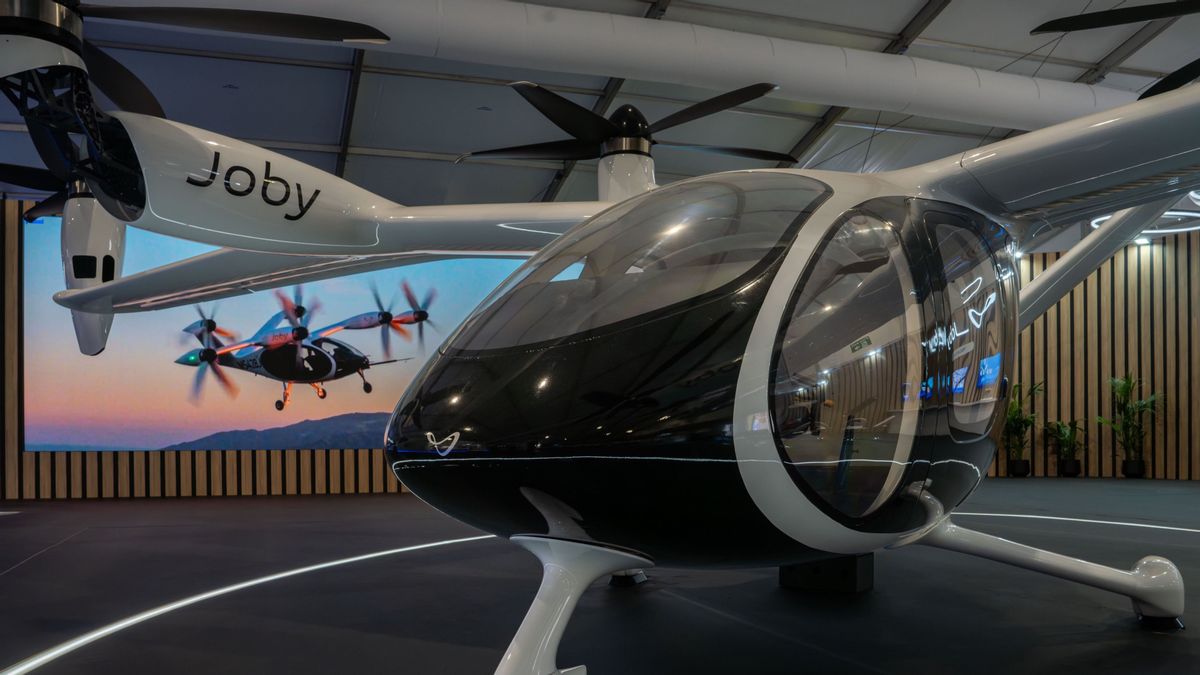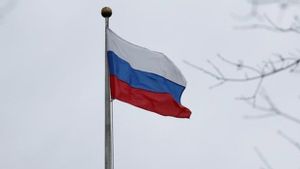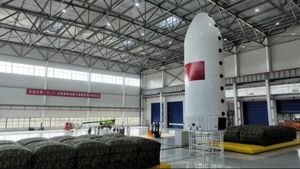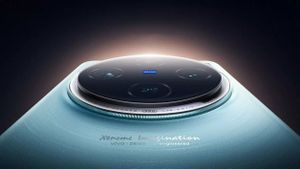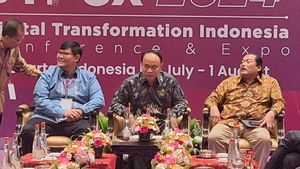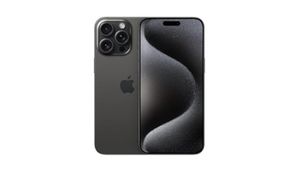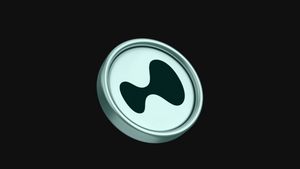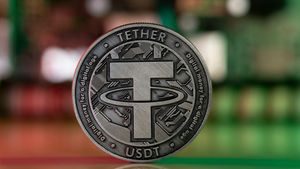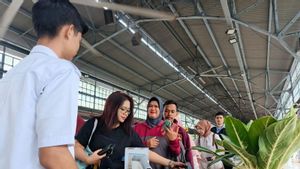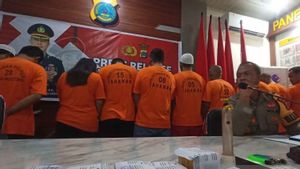JAKARTA - From "The Jetsons" to "Blade Runner", flying cars have long been a hallmark of science fiction films. However, science fiction is now a reality when real flying taxis managed to complete test flights 561 miles (902 km) over California. To provide a perspective, the distance is about twice the length of the Grand levy.
This flying taxi is the work of Joby Aviation and uses hydrogen fuel, which means it produces no emissions other than water vapor.
"Imagine being able to fly from San Francisco to San Diego, Boston to Baltimore, or Nashville to New Orleans without having to go to the airport and without any emissions other than water. The world is getting closer," said JoeBen Bevirt, founder and CEO of Joby.
Our landmark 523-mile eVTOL flight with a hydrogen-electric aircraft demonstrates the potential for emissions-free regional aviation, from city center to city center.Check out this video for a bit more detail on how we developed the demonstrator aircraft, leveraging H2FLY's… pic.twitter.com/UfUT68PQal
— Joby Aviation (@jobyaviation) July 24, 2024
Our landmark 523-mile eVTOL flight with a hydrogen-electric aircraft demonstrations the potential for emissions-free regional aviation, from city center to city center.Check out this video for a bit more details on how we developed the demonstrator aircraft, leverage H2FLY's... pic.twitter.com/UfuT68PQal
The air taxi, partially funded by the US military, is powered by six propellers that allow it to take off and land vertically such as helicopters. After flying, these propellers rotate from vertical to horizontal, allowing taxis to fly forward like traditional wing aircraft.
This adaptive capacity allows taxis to carry four passengers at the highest speed of 200 miles per hour (322 km/hour) or fly in urban areas.
What makes this Joby aircraft unique is the power source for the propellers. The aircraft is a modified version of the original electric plane that has completed 25,000 miles (40,000 km) of test flights.
Instead of using fossil fuels or a purely electric system, Joby is now creating a hydrogen-electric power system to provide clean energy in long-distance flights.
This aircraft uses fuel cells capable of storing 40 kg (88 lbs) of liquid hydrogen that can be converted into electricity, heat, and water vapor during flight. However, taxis still have some batteries to provide additional power when taking off and landing.
The advantage of using hydrogen is to allow aircraft to travel further without the need to refuel.
The design of this flying taxi using hydrogen makes it possible to travel between cities and even between countries without the need to recharge.
Joby Aviation announced that it had broken a new record just weeks after doubling the previous distance by traveling 523 miles (842 km) in one refueling.
"Air travel is key to human progress, but we need to find a way to make it cleaner," Bevirt said.
SEE ALSO:
With a distance of 561 miles, passengers who start their journey in London can comfortably travel as far as Paris, Zurich, and Edinburgh without stopping.
Joby said that their battery-powered aircraft will be available for sale by 2025. While hydrogen-powered models are expected to follow soon.
Joby Aviation plans to launch an air taxi service in Dubai starting in 2025, which will transport passengers from Dubai Airport to Palm Jumeirah in just 10 minutes.
The company also highlighted that the progress made in launching battery-powered flying taxis should pave the way for hydrogen cell versions to follow. However, Joby Aviation has not commented on how much battery or hydrogen-powered models cost.
The English, Chinese, Japanese, Arabic, and French versions are automatically generated by the AI. So there may still be inaccuracies in translating, please always see Indonesian as our main language. (system supported by DigitalSiber.id)
